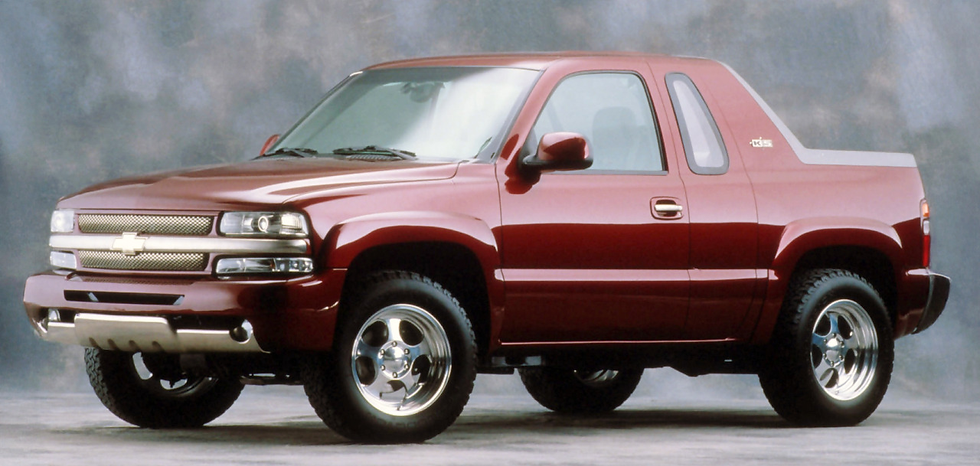2001 Honda Unibox Concept
- Story Cars

- Feb 29, 2024
- 2 min read
The 2001 Honda Unibox Concept debuted at the Tokyo Motor Show, presenting a visionary and versatile vehicle designed to transcend traditional transportation norms. This box-like conveyance measured 3420x1740x1890 mm and featured a distinctive aluminum modular frame adorned with transparent removable panels. Its flat wooden floor provided a flexible canvas for various interior configurations, transforming the Unibox into a living room, cafe, or various other setups limited only by the owner's creativity.
Inside, the Unibox accommodated four seats that could be arranged according to preference. The frame's internal volume served as functional cabinets, and electric scooters were ingeniously concealed within the doors. For added practicality, an electric trolley was included, poised to assist with shopping excursions. A separate generator ensured the continuous charging of batteries, sustaining the Unibox's electronic features.
The Unibox was a technological marvel equipped with radar and television cameras that monitored its surroundings and gauged distances to obstacles. Internet and telephone connectivity were seamlessly integrated, and the vehicle boasted a navigation system. Headlight control was intricately linked to anticipate turns, enhancing safety features.
Controlled by a joystick, the Unibox offered an unconventional yet intuitive driving experience. External airbags were incorporated into the front of the vehicle, providing an additional layer of safety for pedestrians. Honda envisioned the Unibox as more than a mode of transportation, coining the term "Multi Life Terminal" to highlight its multifaceted functionality beyond conventional vehicles.
The interior resembled a living room, with a flat floor facilitating easily movable seats and a single joystick for driver control. Built-in telephone and entertainment modules demonstrated forward-thinking features, especially considering the era (2001) when smartphones and advanced infotainment systems were not yet prevalent.
Safety and technology were paramount in the Unibox, with milliwave radar surrounding the vehicle and connecting to traffic management and accident avoidance databases. A futuristic LCD Rearview Monitor replaced the traditional rearview mirror, providing a comprehensive view of the surroundings.
Innovative storage solutions were a hallmark of the Unibox, with its doors concealing electric scooters and foldable electric-powered shopping carts that could be electronically lowered for user convenience. The Unibox's body was highly customizable, featuring an aluminum truss frame and removable plastic modules. Users could select and arrange these modules, providing a level of personalization reminiscent of assembling furniture.
Despite its lack of aerodynamic design and viability for mass production, the Honda Unibox Concept showcased the company's boundless imagination, exploring the intersection of urban mobility, personalization trends, and innovative technology in the early 21st century.
Source & Images: Honda Motor Co., Ltd.






































Comments